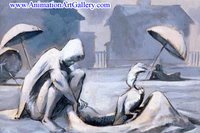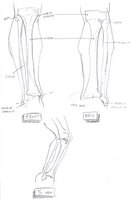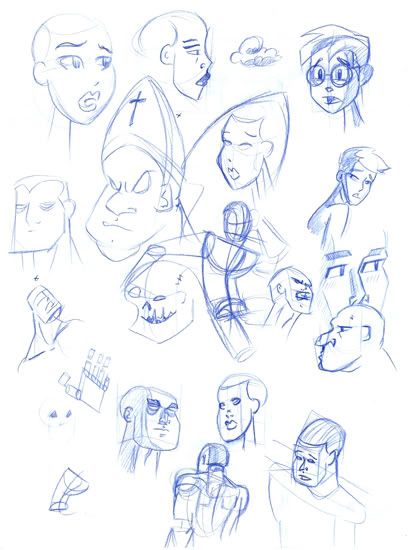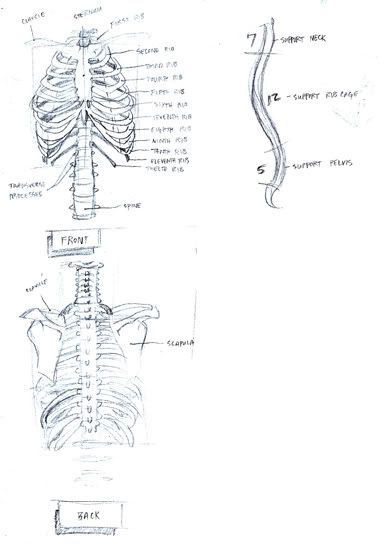Welcome to my blog where every day I will post my sketches, doodles, inspirations, and drawings in an effort to become an artist. I have a tentative schedule where every morning I will start the day by studying human anatomy and then have the rest of the day to practice the day's theme. Each day of the week will have its owm theme (except Sunday where I'll be asleep most of the day) as follows:
Masterpiece Monday: I'll study the works of great artists and try to understand what made their art so wonderful.
Toon Tuesday: A whole day dedicated to drawing and studying cartoons. In my opinion, the whole world would be a better place to live if everybody took an hour a day to watch Looney Tunes.
Perspective Wednesday: Where I'll practice drawing things in one, two, and three point perspective.
Thousand Hand Thursday: There's over 12 billion hands on the plant and even more ways to draw them.
Fatuity Friday: A fun day set aside to draw all the foolish and crazy ideas floating around in my head.
Sketchcrawl Saturday: I'll spend the day drawing what I see while I'm out and about throughout the day.
I'm trying to improve and sometimes you need someone else to point out your mistakes so please don't be shy to comment. Thanks for stopping by! Enjoy!!






























